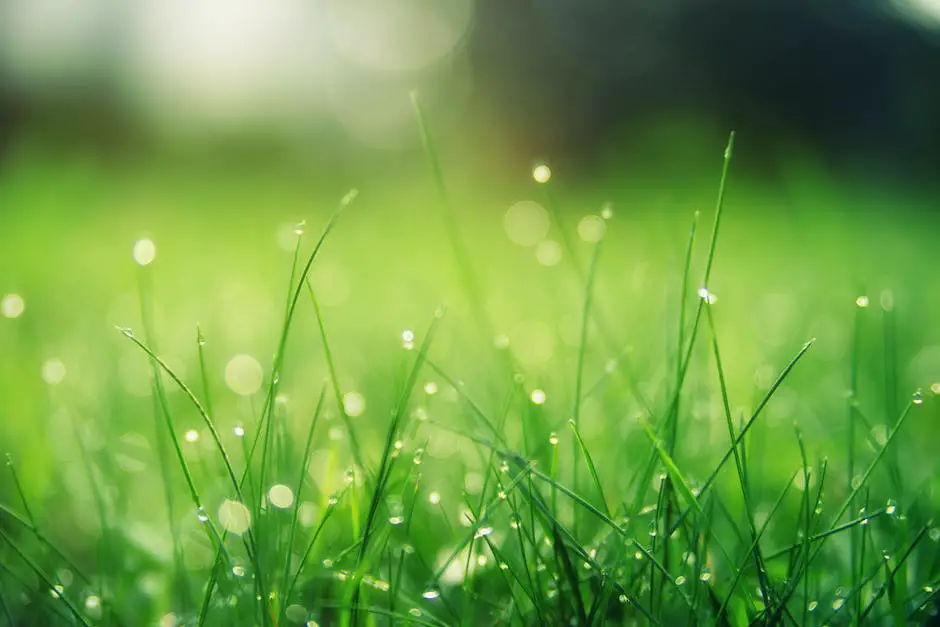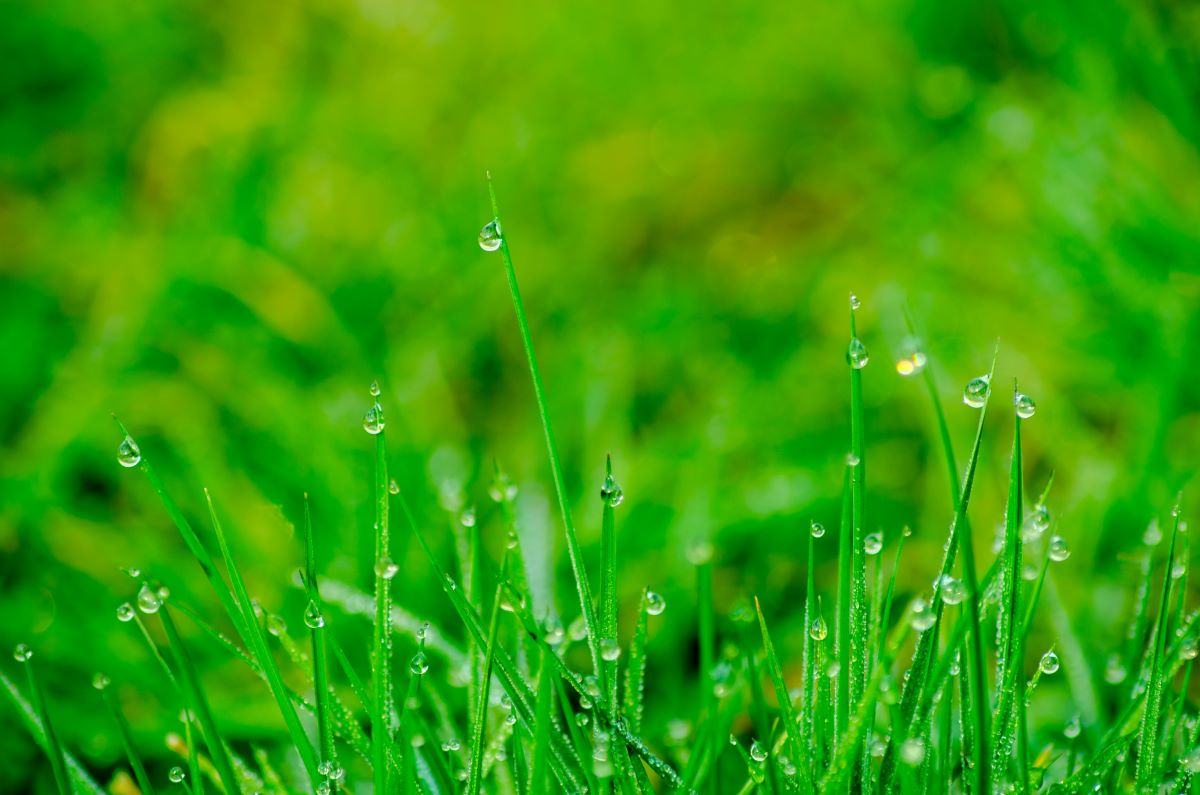Thatch Removal: Tips and Techniques
Maintaining a healthy, vibrant lawn is a goal shared by many homeowners, but few realize the important role that thatch plays in this process. The layer of organic material between the green vegetation and soil surface, known as lawn thatch, can be both beneficial and detrimental, depending upon its thickness. As we dive into understanding lawn thatch, its causes, and its potential harm, you will also discover when it’s necessary to intervene. Thatch removal, while seemingly daunting, can be achieved through numerous methods such as dethatching, aeration, and the innovative use of thatch-eating microbes. But the journey doesn’t end there. Aftercare post-thatch removal is paramount, covering essential steps such as watering, fertilizing, re-seeding, and regular lawn maintenance to forestall future thatch accumulation. Let’s check out these thatch removal tips and techniques.
Understanding Lawn Thatch
What is Lawn Thatch?
Lawn thatch is a layer of partially decomposed plant material, primarily the tougher stems and roots of grass, that accumulates on the surface of the soil in your lawn. It sits between the green vegetation of the grass above and the soil underneath. It’s natural and not always a negative thing – a thin thatch layer can actually be beneficial because it protects the lawn’s roots from severe temperature changes and helps to reduce soil compaction.
Causes of Lawn Thatch
Thatch builds up when the turf produces organic debris faster than it can be broken down. Several factors can contribute to thatch build-up. Certain grass types like Kentucky bluegrass, Bermuda grass, and creeping bentgrass are more likely to produce thatch because of their aggressive growth habit. Over-fertilizing and over-watering your lawn can encourage excessive growth and thatch build-up. Inadequate soil aeration and pH imbalance (too acidic or alkaline) can slow down the decomposition process leading to increased thatch accumulation.
Harmful Effects of Excessive Thatch
While a small amount of thatch can be useful, too much thatch can create a barrier that prevents water, nutrients, and air from reaching the soil and grass roots. It can harbor pests and diseases, which can potentially harm your lawn. Thick thatch can also make your lawn feel spongy underfoot. Over time, an excessively thatchy lawn can lead to uneven grass growth and a less healthy, less attractive lawn.
When is Thatch Removal Necessary?
Thatch removal is necessary when the thatch layer is more than 1/2 inch thick. At this point, the harmful effects of thatch start to outweigh the benefits, negatively affecting the lawn’s health and appearance. A simple way to check the thatch layer is to remove a small, wedge-shaped section of your lawn with a trowel or knife and measure the thatch layer.
Signs of Excessive Lawn Thatch
Overly thick thatch can manifest in several ways. If your lawn has dry, brown patches despite regular watering, thatch could be the culprit, as it can prevent water from reaching grass roots. Another sign is if the lawn has a spongy, soft feel when walked on, due to the thick layer of thatch beneath the grass. Pests and lawn diseases may also become an issue. If your lawn seems unhealthy despite proper care and nutrition, it might be time to check for excessive thatch.
Thatch Removal Methods
Understanding Thatch and Its Removal Methods
Thatch is a layer of dead grass, roots and other organic matter that accumulates on your lawn over time. It can prevent water, air, and nutrients from reaching the soil, thus inhibiting the growth of your turf. There are several methods to prevent and remove thatch, such as dethatching, aeration, and using thatch-eating microbes.
Dethatching Your Lawn
Dethatching involves using a specialized tool called a dethatcher or lawn scarifier to physically cut through and remove thatch. To dethatch your lawn, first moisten your lawn with a light watering. Then, run the dethatcher across your lawn in one direction, and make a second pass perpendicular to the first. Finally, rake up and remove the loosened thatch.
The primary benefit of dethatching is immediate removal of the layer that prevents airflow and water penetration. However, the major drawback is labor intensity, as it can be quite physically demanding and time-consuming. Additionally, it might also stress and damage the grass if not carried out carefully.
Aeration of Your Lawn
Lawn aeration involves creating small holes in your lawn to allow air, water, and nutrients to penetrate the thatch and affect the soil. This can be achieved with a lawn aerator, which removes small plugs of soil from your lawn to break apart the thatch.
In contrast to dethatching, aeration is less labor intensive and more soil-friendly. It not only helps break up the thatch but also alleviates compaction in the soil. Nevertheless, it’s not as immediate as dethatching and can take longer to see noticeable results.
Using Thatch-consuming Microbes
Another method of thatch removal is the use of thatch-eating microbes. These microbes can be found in certain organic lawn treatments you can apply to your lawn. They help naturally decompose thatch layer without causing any disturbance to your lawn.
Using microbes is an eco-friendly solution to thatch problem. It is also the least labor-intensive method as the microbes do most of the work. The primary downside to this method is that the results are not immediate and it may take some time before a noticeable reduction in thatch level is achieved.
Consider your lawn’s specific condition and needs when choosing a removal method. Remember to monitor the level of thatch in your lawn, as a tiny layer of thatch can actually help protect your lawn from temperature extremes and heavy foot traffic.
Post-Thatch Removal Care
Watering After Thatch Removal
The first step after removing thatch from your lawn is to water it, as the process of dethatching can be harsh on the grass. Use a sprinkler system or a hand-held hose to evenly distribute water across your lawn. The aim is to wet the soil, not to flood it, so ensure you control the pressure and time of watering. This initial watering of the lawn after dethatching helps to settle the soil and begin the recovery process.
Fertilizing After Thatch Removal
Once your lawn is properly watered, it’s time to apply a good quality lawn fertilizer. The dethatching process has likely stressed your grass and it needs nutrients to recover and regrow. Look for a fertilizer that is rich in nitrogen, as it will encourage the growth of new grass. Apply the fertilizer evenly across all areas of the lawn using either a hand-held spreader or a push-behind drop spreader.
Reseeding Your Lawn
After fertilizing, you may notice bare patches where the thatch was heavily built-up. In these areas, reseeding is necessary. Spread a cool-season or warm-season grass seed–depending on the weather and your location–over these bare spots. Apply a thin layer of top soil or compost over the newly sown seeds to protect them and help them germinate quickly.

Routine Lawn Maintenance to Prevent Future Thatch
To prevent future thatch build-up, regular lawn maintenance is essential. This includes frequent mowing, but be sure to adjust the mower to the correct height for the type of grass you have. Too short, and you’re scalping the lawn; too tall, and you’re encouraging thatch. Continue watering regularly, but avoid overwatering as this can also promote thatch. Implement a schedule for regular fertilizing, typically four times a year (spring, early summer, late summer, fall), to provide the necessary nutrients.
Effective Techniques for Thatch Control
Some effective ways to control thatch include aerating your lawn yearly and raking leaves before they become a layer on the lawn surface, thus contributing to thatch. If necessary, use a vertical mower or power rake to thin out thick layers of thatch.
By following these steps after dethatching, watering your lawn effectively, using appropriate fertilizer, reseeding correctly, and adhering to a routine lawn maintenance regime, you can help your lawn recover and prevent future thatch build-up.
All things considered, maintaining the right balance and management of thatch is crucial for lawn health. While it provides some benefits, excessive thatch could lead to various lawn problems. However, the knowledge of effective thatch removal methods such as dethatching, aeration, and utilization of microbes can significantly ease this process. Once the thatch is removed, post-care actions must be immediately taken. Regular watering, appropriate fertilization, reseeding, and continuous maintenance are required to restore the lawn’s health and prevent future thatch accumulation. By taking these measures, not only will your lawn thank you, but it will also become the envy of your neighbors.

